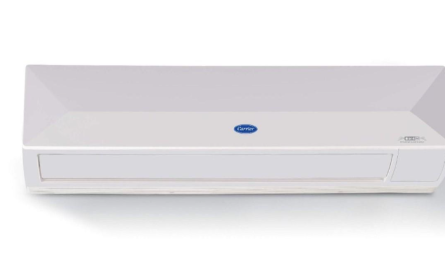A savings account and a current account are two of the most common bank accounts used by individuals and businesses. Both serve important but distinct purposes. Read on to learn the difference between savings and current accounts.
An Overview of Savings Accounts
Savings account is intended for consumers who want to set aside money and earn interest on the balances. It provides a safe place to store funds while allowing easy deposit access through methods like ATM withdrawals, cheques, and online transfers.
Savings accounts are ideal for goals like building an emergency fund, saving for a down payment on a house, or simply parking money not needed for regular expenses. They encourage disciplined saving and money management.
Banks offer savings accounts to consumers and small businesses. Although interest rates are typically lower than alternatives like certificates of deposit (CDs) or money market accounts, savings accounts offer superior liquidity and flexibility. This is why you must apply for a savings account.
Key Features of Savings Accounts
An Overview of Current Accounts
A current account enables more transactions compared to a savings account. Current accounts allow individuals and businesses to make payments via cheques, debit cards, online bill pay, and other methods.
They provide greater flexibility and convenience for routine expenses. Current accounts also grant businesses and entrepreneurs essential tools to manage invoices, payroll, taxes, and other cash flow needs.
Like savings accounts, current accounts are available from banks and credit unions. Account terms, features, and fees can vary significantly across financial institutions.
Key Features of Current Accounts
Benefits of Savings Accounts
Savings accounts provide consumers with a few advantages:
Benefits of Current Accounts
Current accounts offer more transactional flexibility:
Differences Between Savings Accounts and Current Accounts
While savings and current accounts serve complementary purposes, some vital difference between current account and savings account exist:
Factors to consider when choosing an account
Your financial habits and goals shape whether a savings account or current account (or both) makes sense. Assess your situation—here are key considerations:
For many, the best approach is to have both a savings and a current account. The savings account should be used to build emergency reserves, save for the future, and earn interest. The current account should be used to handle routine transactions and pay bills while monitoring cash flow.
Conclusion
Savings and current accounts serve unique purposes for consumers and businesses. Savings accounts provide an interest-earning reservoir for personal savings goals. Their transaction limitations promote responsible money management.
Current accounts facilitate frequent transactions, offering businesses superior access, flexibility, and cash flow oversight. Overdraft protection also provides a safety net for temporary shortfalls.
Review your financial profile—including income, spending habits, goals, and typical transactions—to determine the right account or combination of accounts to meet your needs.

